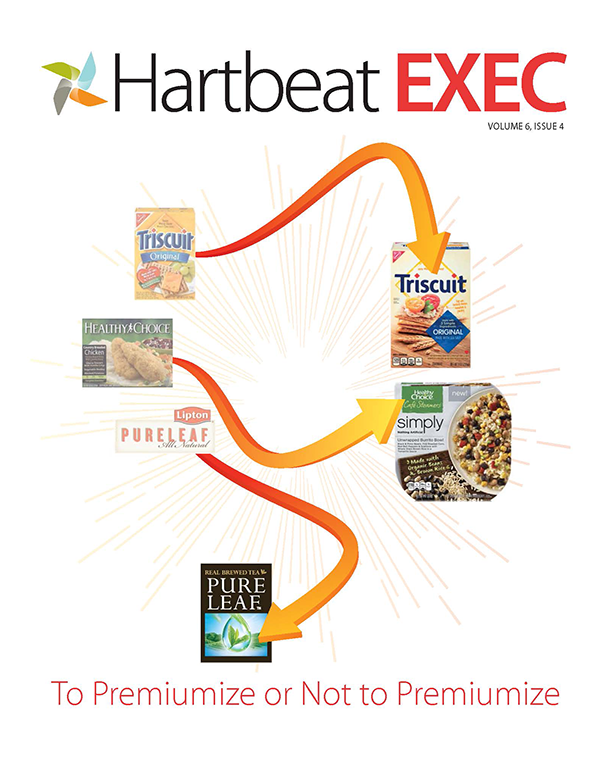Special report: why premiumization is a strategy not suited to all legacy brands
 Contemporize. Renovate. These are the key words for those managing large, legacy cash-cow brands today.
Contemporize. Renovate. These are the key words for those managing large, legacy cash-cow brands today.
And the contemporization playbook is well developed in the industry. Light refreshes of the brand are one way: a package graphics re-do, launching some contemporary flavor UPCs, adding more “meat” or “vegetables” to enhance perceived value, highlighting formerly undercommunicated nutritional value, etc.
We call this ‘whiteboard’ contemporization. Why? Well, because it basically doesn’t require any consumer research to come up with these ideas, for one thing. In fact, it doesn’t require much interaction at all with the external environment to come up with them. And, yet, they are not invalid approaches to contemporization.
But are they truly enough to maximize competitive advantage, market share and unit-pricing power in today’s food marketplace?
We don’t believe so.
The strategic playbook for contemporization has broadened in recent years, in part because more and more companies now realize that the consumer, not their own whiteboards, is the major driver of market trends. And, moreover, it is not just any consumer but the consumer of younger, premium brands who is reshaping the definition of quality in many categories, a process that offers both threats and opportunities for legacy cash cows.
The emerging gold standard of contemporization strategies is what we call “premiumization.”
Premiumizing a business is about upgrading the perceived quality of its food or beverage offerings through reformulation or through launches that incorporate emerging and compelling sourcing or production-level attributes in your category.
The key is not only selecting the right brands for this strategy but also selecting the right category-relevant premium attributes that can drive consumer engagement and renovate the brand’s halo for modern times.
In our Hartbeat Exec, To Premiumize or Not to Premiumize, we share what we have learned so far about the topic of premiumizing legacy brands in an effort to outline a premiumization agenda for legacy portfolios that is both practical and selective. Ultimately, we believe strongly that premiumization is not a strategy suited to all legacy brands, and we will explain why in some detail. But, for those that are suited to it, the upside is significant.
